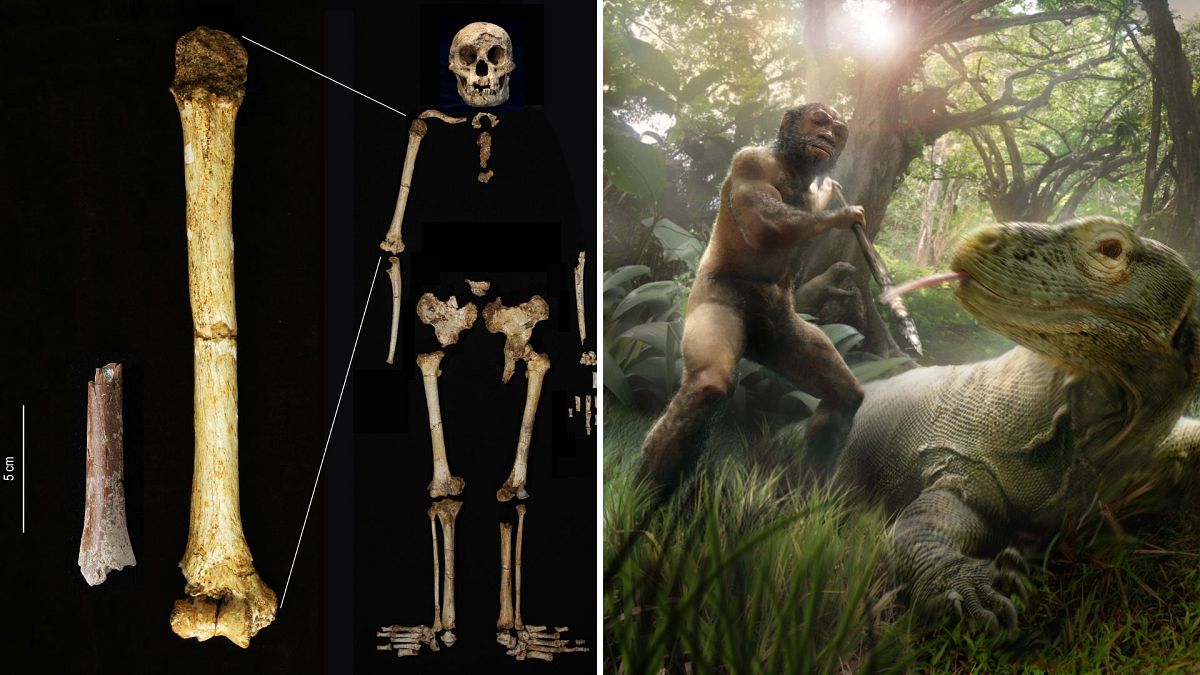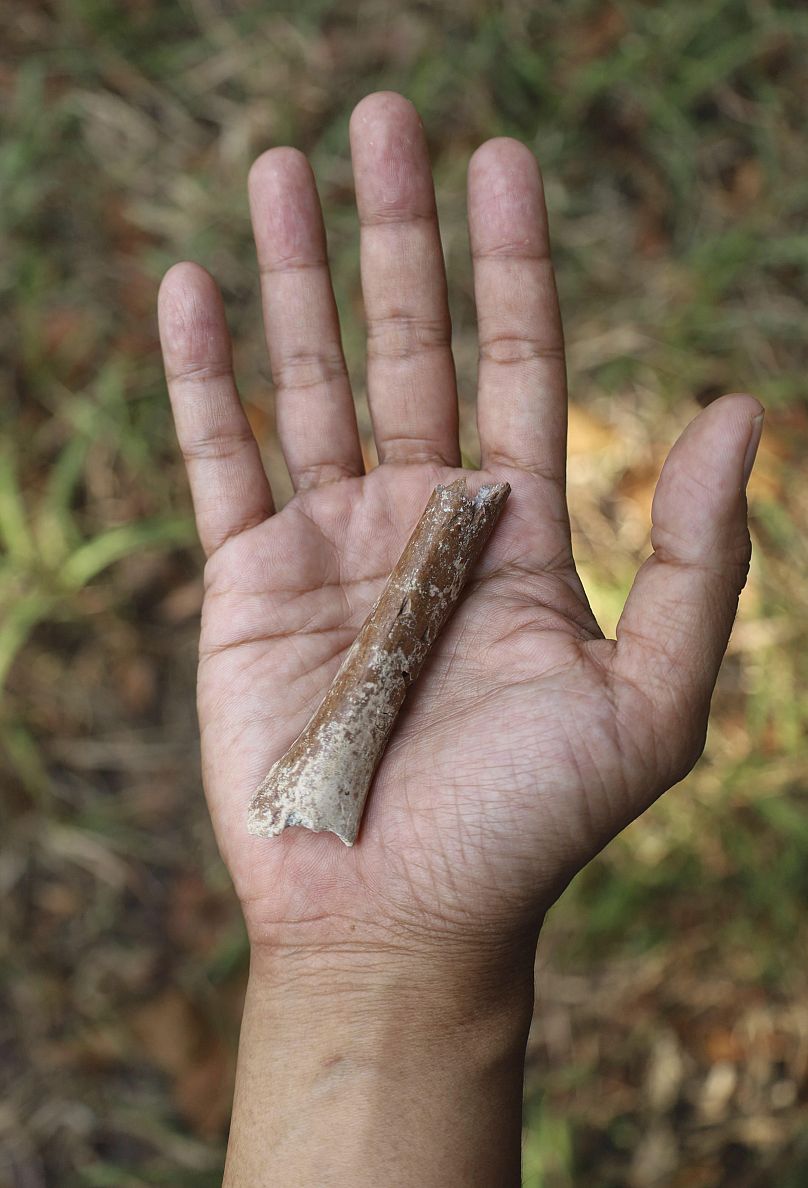Researchers have confirmed fossil evidence of three-foot-tall early humans on an Indonesian island from 700,000 years ago, possibly related to Homo floresiensis, known as "hobbits."
It turns out J.R.R. Tolkien’s fantastical world of hobbits might not be as fictitious as we once believed.
Recent excavations on Flores, a remote Indonesian island, have unveiled a tiny upper arm bone fragment and analysis has confirmed it is evidence of an early human who stood at just three feet tall.
Twenty years ago, archaeologists working at a cave in Liang Bua found fossils of an early human species which was three and a half feet (1.07 metres) tall — formally known as Homo floresiensis. They were nicknamed “hobbits.”
But these new remains indicate a figure that was 2.4 inches (6 centimetres) shorter - possibly the tiniest ever.
"It was so small that normally it is a child. But we were aware that Homo floresiensis were small and had small teeth and jaws so we needed to confirm," says Yousuke Kaifu, a Professor at the University of Tokyo who was involved with the study.
"The results were surprising. From the results it was so obvious that it was an adult. I had mixed feelings of happiness and excitement with the clear cut result."
More research will determine where these individuals fall in the human evolutionary story, and how they evolved to be so small.
"What is more interesting is that it (Homo floresiensis) stayed at the same small size. Considering Liang Bua's is 60,000-years-old, this could mean it stayed the same size for possibly 600,000 years without any major evolution," says Kaifu.
He adds: "While on the continent, the size of the brain gets bigger and the body accordingly, which leads to the appearance of Homo sapiens. While that is happening, on the other side of the world, one type of human was living a totally different destiny."
The full findings are published in the journal Nature Communications.
Check out our video above for a closer look at the fascinating discovery.
















